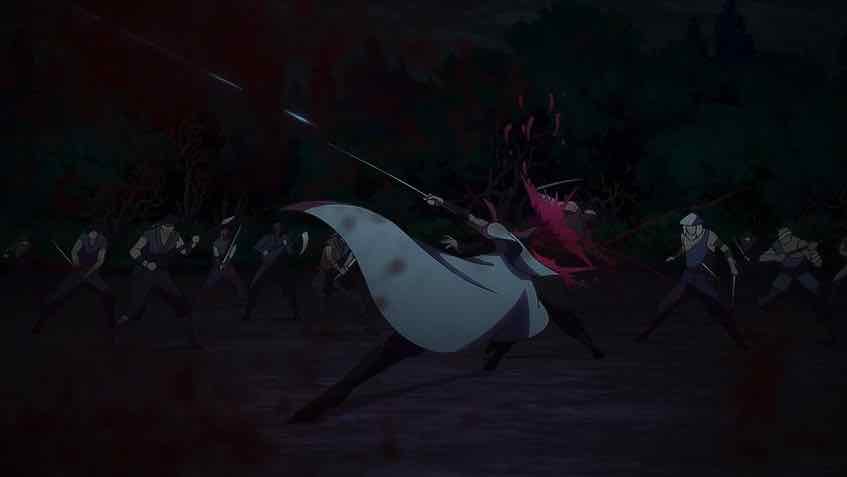 No question about it, we’re dealing with some of the best chapters in the history of Shounen Jump (and shounen) at this point. There’s a big responsibility on this adaptation not to screw them up. All the more so since Furuhashi and Gallop already did them justice 25 years ago. But we’re kind of past the stage of worry on that front for me. While I’m still not keen on some of the casting choices (Nakamura Yuuichi as Hiko included) the adaptation on the whole has just been getting more and more dialed in.
No question about it, we’re dealing with some of the best chapters in the history of Shounen Jump (and shounen) at this point. There’s a big responsibility on this adaptation not to screw them up. All the more so since Furuhashi and Gallop already did them justice 25 years ago. But we’re kind of past the stage of worry on that front for me. While I’m still not keen on some of the casting choices (Nakamura Yuuichi as Hiko included) the adaptation on the whole has just been getting more and more dialed in.
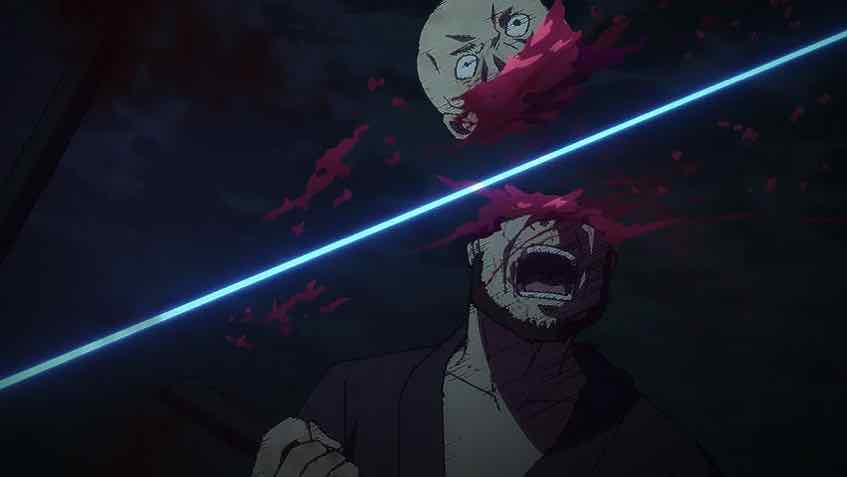 Last week showed that this arc can thrive without its main character appearing at all. There are so many iconic characters prowling these episodes that it almost seems unfair. But in the end, Rurouni Kenshin is Kenshin’s story. It’s the timeless masterpiece it is because of him – because of his life past, present and future and the colossal amounts of pathos attached to it. Kenshin has had many foils over the course of the series (and will have more) but Hiko Seijuurou holds up a different sort of mirror to him than anybody else. Both for the audience and Kenshin himself.
Last week showed that this arc can thrive without its main character appearing at all. There are so many iconic characters prowling these episodes that it almost seems unfair. But in the end, Rurouni Kenshin is Kenshin’s story. It’s the timeless masterpiece it is because of him – because of his life past, present and future and the colossal amounts of pathos attached to it. Kenshin has had many foils over the course of the series (and will have more) but Hiko Seijuurou holds up a different sort of mirror to him than anybody else. Both for the audience and Kenshin himself.
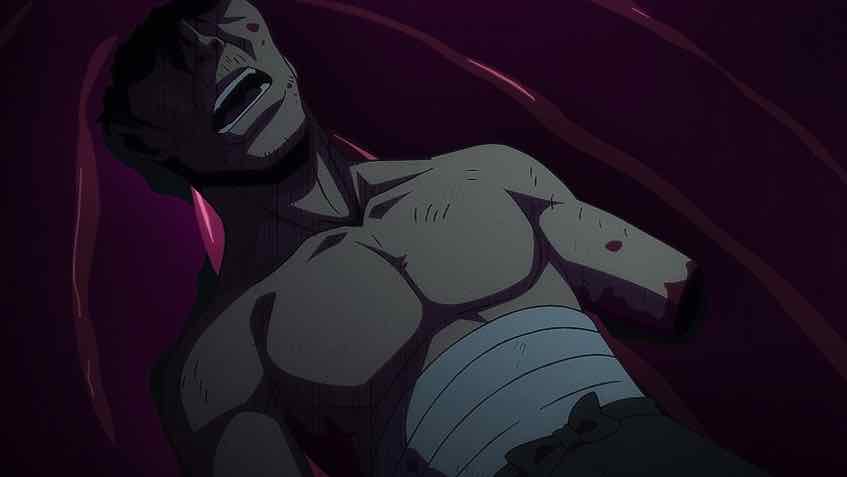 For all intents and purposes Hiko is the closest thing to a parent Kenshin has. His real ones died when he was a child, and the three young women taken into slavery with him who looked out for him he only knew for a day. We’ve not seen any of this story up to now, really – it’s a part of Kenshin’s life that was a complete cipher. And it’s not he that’s reflecting back on it now, but Seijuurou. Because he knows the eventual conclusion this training is headed towards – one way or the other.
For all intents and purposes Hiko is the closest thing to a parent Kenshin has. His real ones died when he was a child, and the three young women taken into slavery with him who looked out for him he only knew for a day. We’ve not seen any of this story up to now, really – it’s a part of Kenshin’s life that was a complete cipher. And it’s not he that’s reflecting back on it now, but Seijuurou. Because he knows the eventual conclusion this training is headed towards – one way or the other.
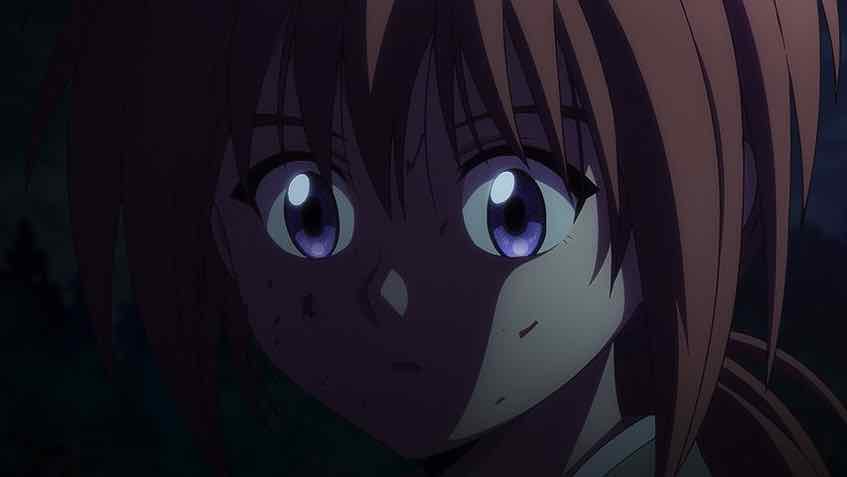 Hiko declares to Kenshin that if he cannot land a blow against him on his next attack, his training is over. Kenshin has thus far outclassed every opponent we’ve seen him face, sakabatou or no. But Hiko is different. This is the man who taught Kenshin everything he knew at the time he went out into the world. He massively outclasses him in size and strength, and if he ages he shows very little sign of it. Kenshin reasons that he might land a blow only if he fully commits himself to it, to the point of recklessly injuring himself in the aftermath. But land a blow he does – on his master’s arm guard, doing no damage, but satisfying the requirement.
Hiko declares to Kenshin that if he cannot land a blow against him on his next attack, his training is over. Kenshin has thus far outclassed every opponent we’ve seen him face, sakabatou or no. But Hiko is different. This is the man who taught Kenshin everything he knew at the time he went out into the world. He massively outclasses him in size and strength, and if he ages he shows very little sign of it. Kenshin reasons that he might land a blow only if he fully commits himself to it, to the point of recklessly injuring himself in the aftermath. But land a blow he does – on his master’s arm guard, doing no damage, but satisfying the requirement.
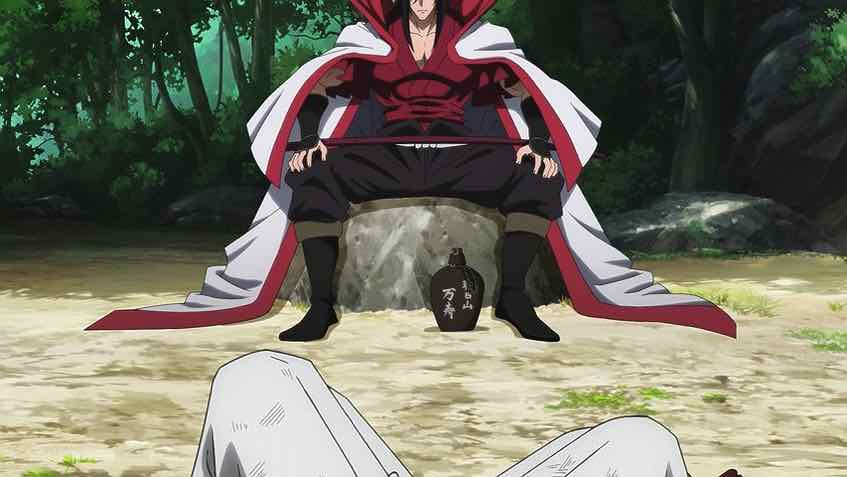 There are certain passages from the original anime that I remember as clearly as if I’d watched them last week, in great detail. And this extended training sequence is one of them. Lidenfilms really did it justice, from the animation to the choreography to the sound design. It’s the fight of the series so far, no question about it. Hiko at long last introduces the Kuzuryuusen – the Hiten Mitsurugi technique which uses all nine kenjutsu attacks, targeting all nine vital spots on the opponent’s body in succession using Godlike speed. Ken can see it, but is powerless to do anything against it. Hiko orders him not to move during the attack, but I’m not even sure that was necessary.
There are certain passages from the original anime that I remember as clearly as if I’d watched them last week, in great detail. And this extended training sequence is one of them. Lidenfilms really did it justice, from the animation to the choreography to the sound design. It’s the fight of the series so far, no question about it. Hiko at long last introduces the Kuzuryuusen – the Hiten Mitsurugi technique which uses all nine kenjutsu attacks, targeting all nine vital spots on the opponent’s body in succession using Godlike speed. Ken can see it, but is powerless to do anything against it. Hiko orders him not to move during the attack, but I’m not even sure that was necessary.
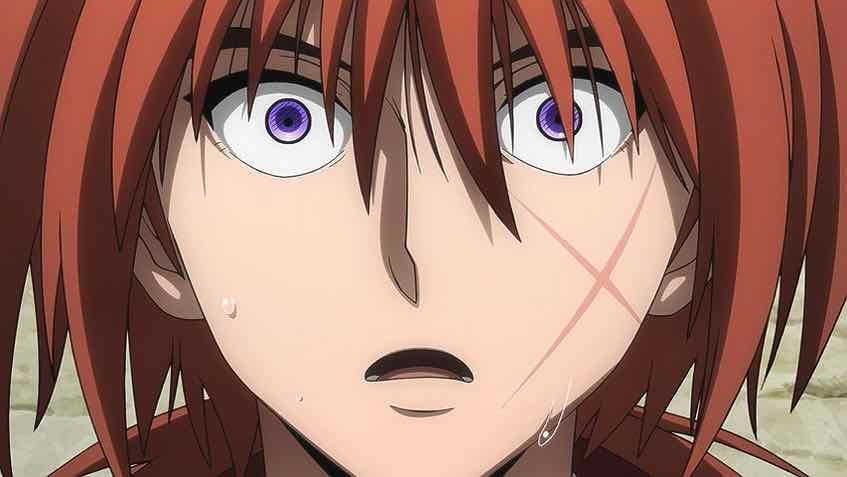 Hiko is quite the deceiver, no question about that. He certainly fooled me (as did Watsuki) the first time I saw this scene, and Kenshin too. But in point of fact Kuzuryuusen is not the ultimate attack – and Hiko never claimed it was. It’s a tool to train the actual technique, massively powerful in its own right but created specifically for that purpose. And Ken finds this out when he reproduces his own version to go at Seijuurou and is unsuccessful despite it being “perfect”, in the master’s own words.
Hiko is quite the deceiver, no question about that. He certainly fooled me (as did Watsuki) the first time I saw this scene, and Kenshin too. But in point of fact Kuzuryuusen is not the ultimate attack – and Hiko never claimed it was. It’s a tool to train the actual technique, massively powerful in its own right but created specifically for that purpose. And Ken finds this out when he reproduces his own version to go at Seijuurou and is unsuccessful despite it being “perfect”, in the master’s own words.
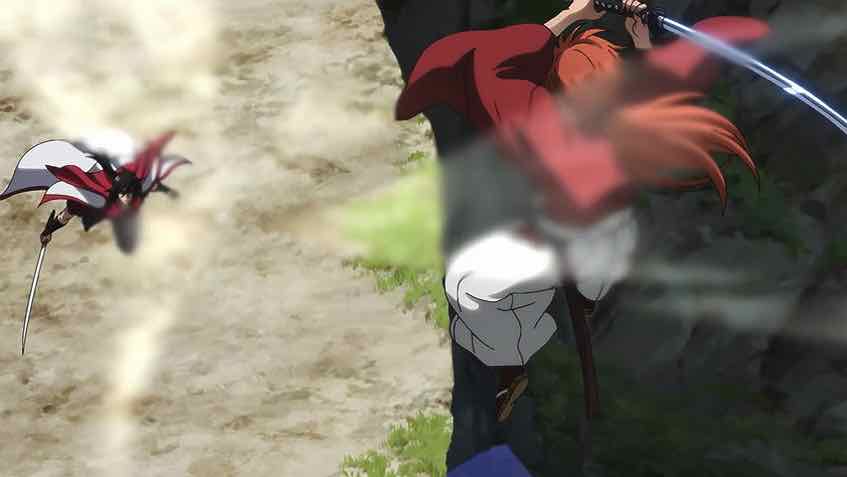 This is a puzzle indeed for Kenshin to solve. Kuzuryuusen can’t be dodged, can’t be parried. How can he prevail against it? He correctly deduces that only a battoujutsu technique, utilizing the maximum possible speed, might have any chance. But Hiko seems certain that this Kenshin will fail, and offers him one night to consider what quality is lacking in him that prevents him from mastering the ultimate technique – Amakakeru Ryuu no Hirameki. There are sources that explain its nature far better than I ever could, and in any event that nature isn’t probed in detail in this episode.
This is a puzzle indeed for Kenshin to solve. Kuzuryuusen can’t be dodged, can’t be parried. How can he prevail against it? He correctly deduces that only a battoujutsu technique, utilizing the maximum possible speed, might have any chance. But Hiko seems certain that this Kenshin will fail, and offers him one night to consider what quality is lacking in him that prevents him from mastering the ultimate technique – Amakakeru Ryuu no Hirameki. There are sources that explain its nature far better than I ever could, and in any event that nature isn’t probed in detail in this episode.
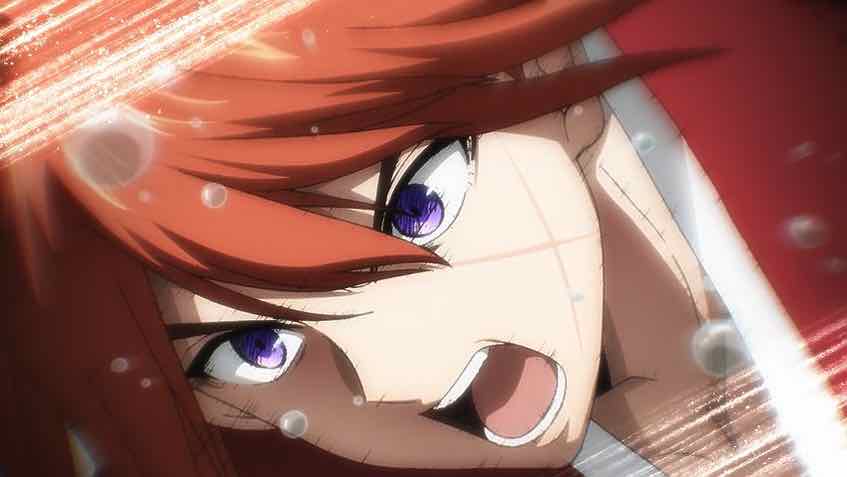 That night the master once more thinks back on the life of his student, one he assumes is about to come to an end. Kenshin was called Shinta when Seijuurou met him, after cutting down the bandits that were keeping the boy in slavery. And here I have no issues with the casting, as Tamura Mutsumi is about as good as it gets. Seijuurou in fact never learns that name until he comes back upon finding that the boy never turned up at the next village asking for help, and finds that the child has buried all the bodies. Including those of the bandits, his tormentors.
That night the master once more thinks back on the life of his student, one he assumes is about to come to an end. Kenshin was called Shinta when Seijuurou met him, after cutting down the bandits that were keeping the boy in slavery. And here I have no issues with the casting, as Tamura Mutsumi is about as good as it gets. Seijuurou in fact never learns that name until he comes back upon finding that the boy never turned up at the next village asking for help, and finds that the child has buried all the bodies. Including those of the bandits, his tormentors.
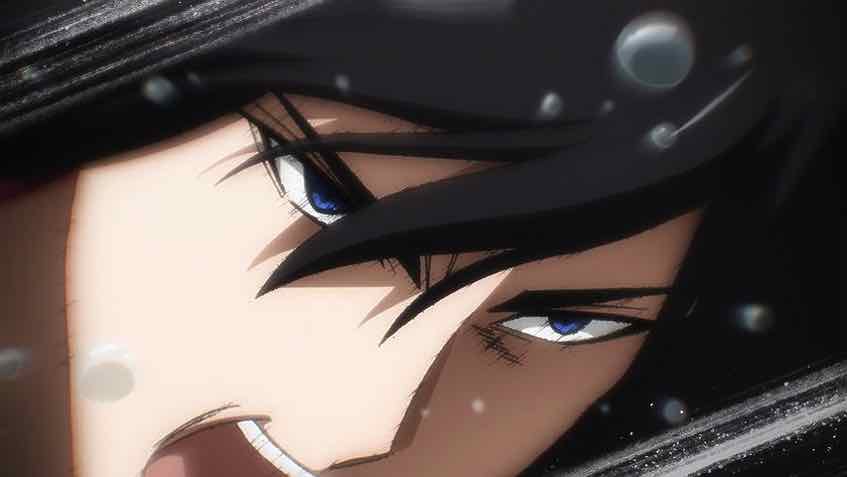 Kenshin admits that he hasn’t determined what he’s lacking, and Hiko resigns himself to this being the end. This Kenshin will eventually lose out to the hitokiri inside him and use his blade for evil again. Hiko removes the cloak with the massive weights that have been suppressing his power and proceeds to go at Kenshin with Kuzuryuusen. And it’s only when facing certain death that Kenshin fulfils Hiko’s mission for him. This is one of the great character apotheosis moments in manga, elegant and poetic and totally true to the story.
Kenshin admits that he hasn’t determined what he’s lacking, and Hiko resigns himself to this being the end. This Kenshin will eventually lose out to the hitokiri inside him and use his blade for evil again. Hiko removes the cloak with the massive weights that have been suppressing his power and proceeds to go at Kenshin with Kuzuryuusen. And it’s only when facing certain death that Kenshin fulfils Hiko’s mission for him. This is one of the great character apotheosis moments in manga, elegant and poetic and totally true to the story.
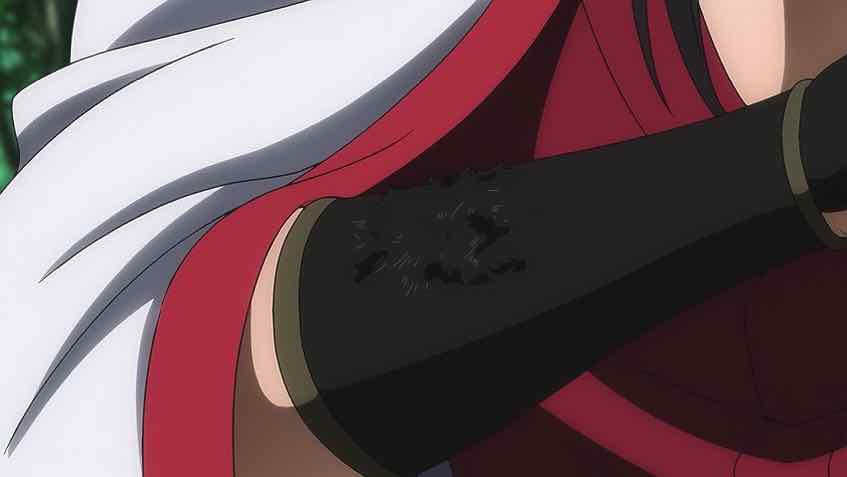 This idea of valuing one’s own life is in many ways anathema to bushido and indeed, is rarely discussed in shounen manga or mainstream Japanese period fiction. It’s kind of subversive. But it being the power behind the ultimate Hiten Mitsurugi attack is irrefutably on-point. The source of Amakakeru Ryuu no Hirameki’s power is the desire to live. Kenshin’s entire arc up to this point was building to this moment, facing Hiko’s blade by that waterfall. And sakabatou or no, to commit himself fully to executing the technique. In Hiten Mitsurugi this is how it works – there’s only one manifestation of the success of the ultimate training. But Hiten Mitsurugi has never expressed itself through a reverse blade sword before…
This idea of valuing one’s own life is in many ways anathema to bushido and indeed, is rarely discussed in shounen manga or mainstream Japanese period fiction. It’s kind of subversive. But it being the power behind the ultimate Hiten Mitsurugi attack is irrefutably on-point. The source of Amakakeru Ryuu no Hirameki’s power is the desire to live. Kenshin’s entire arc up to this point was building to this moment, facing Hiko’s blade by that waterfall. And sakabatou or no, to commit himself fully to executing the technique. In Hiten Mitsurugi this is how it works – there’s only one manifestation of the success of the ultimate training. But Hiten Mitsurugi has never expressed itself through a reverse blade sword before…


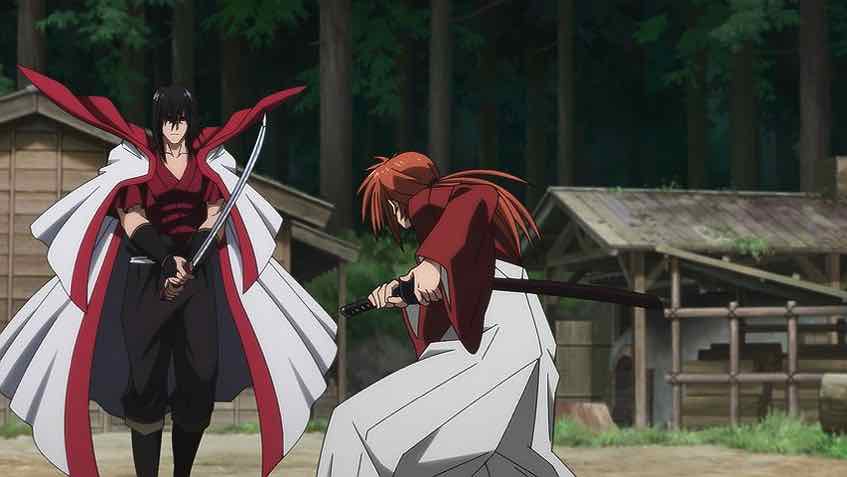
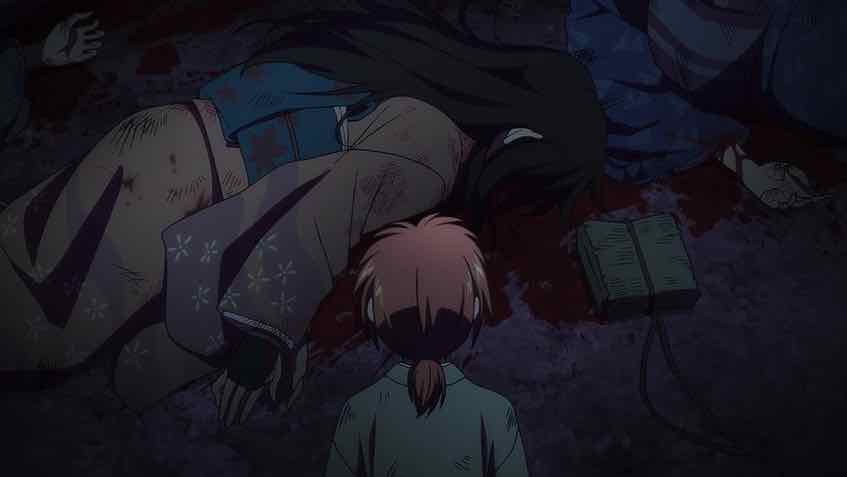
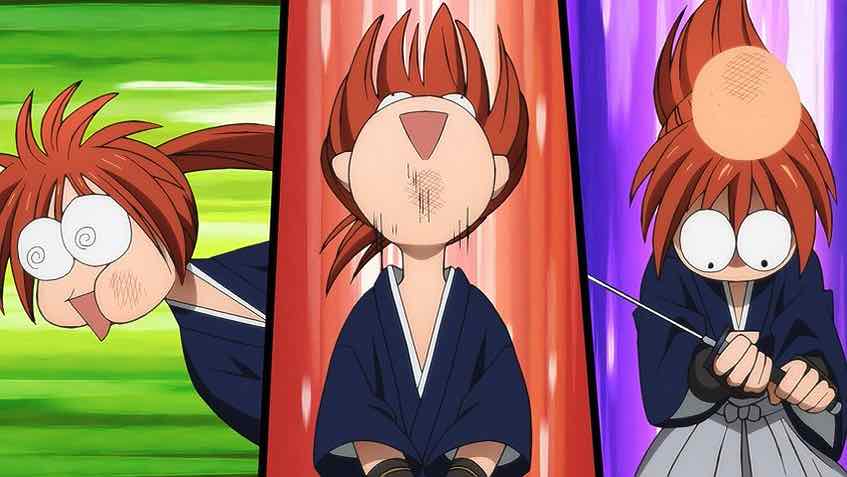
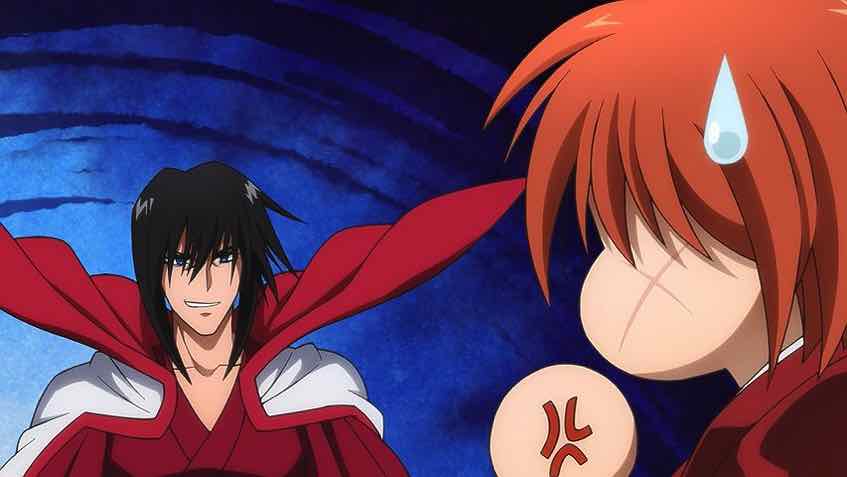
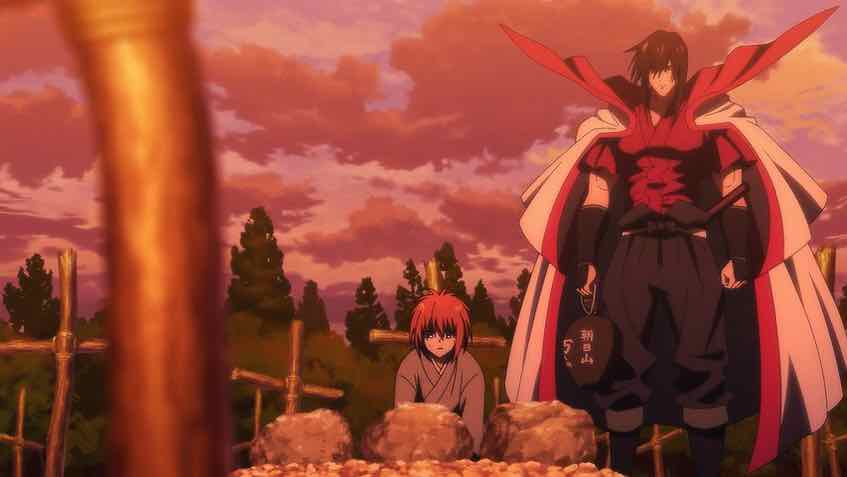
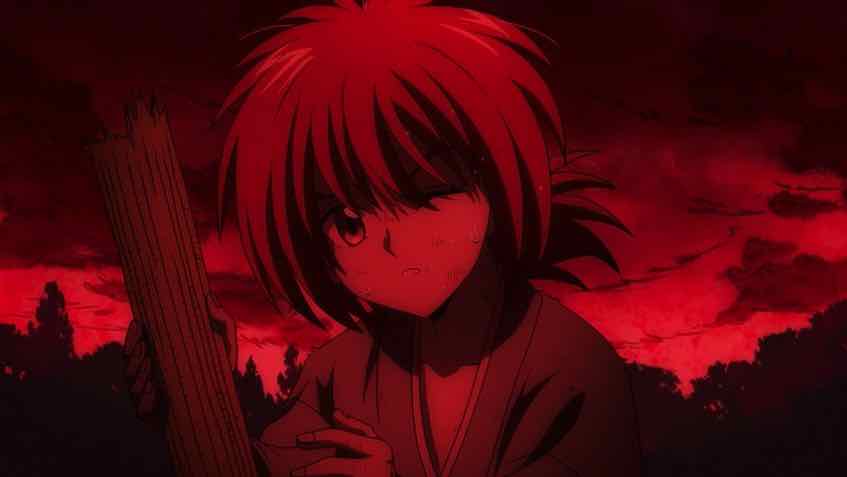
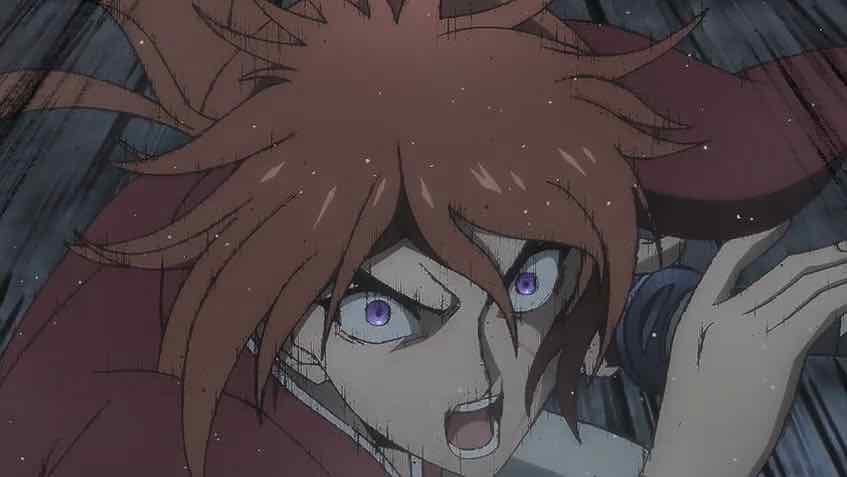
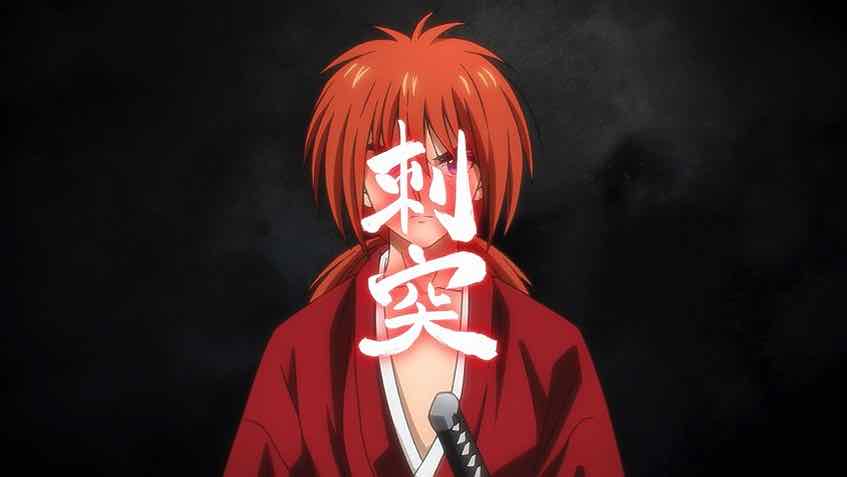
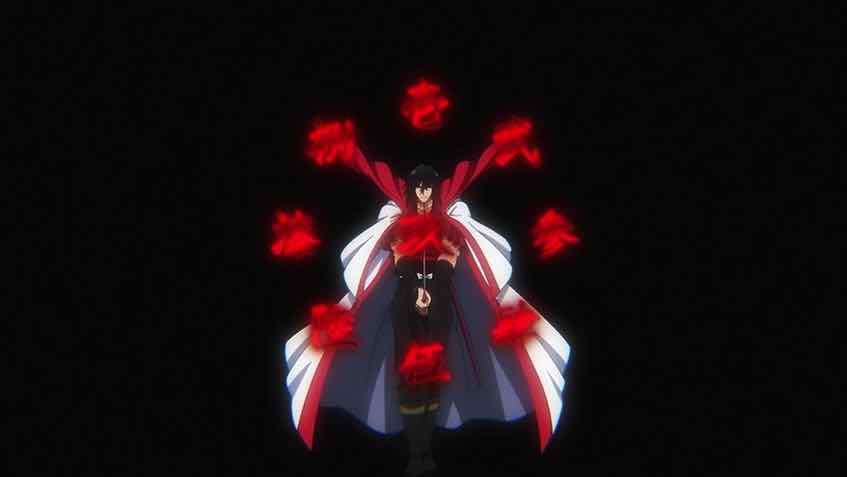
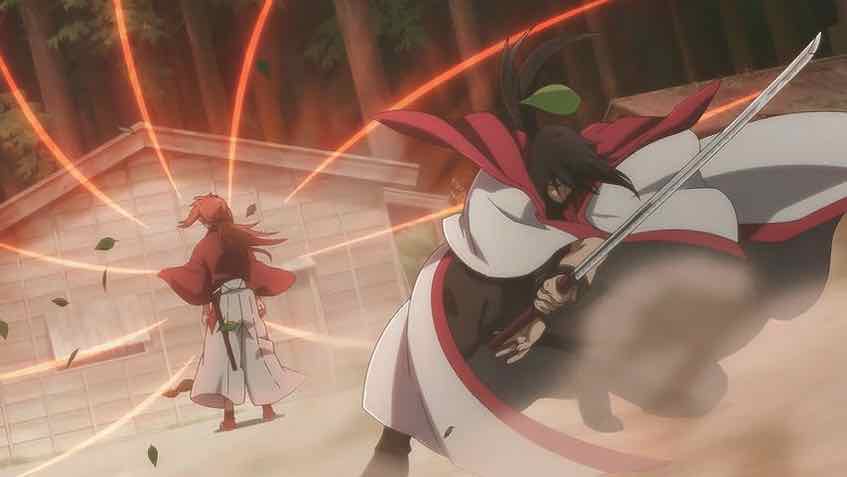
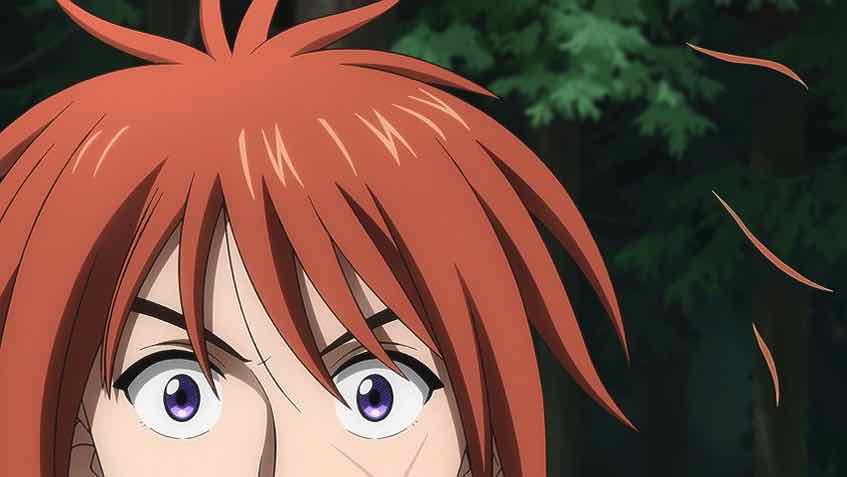
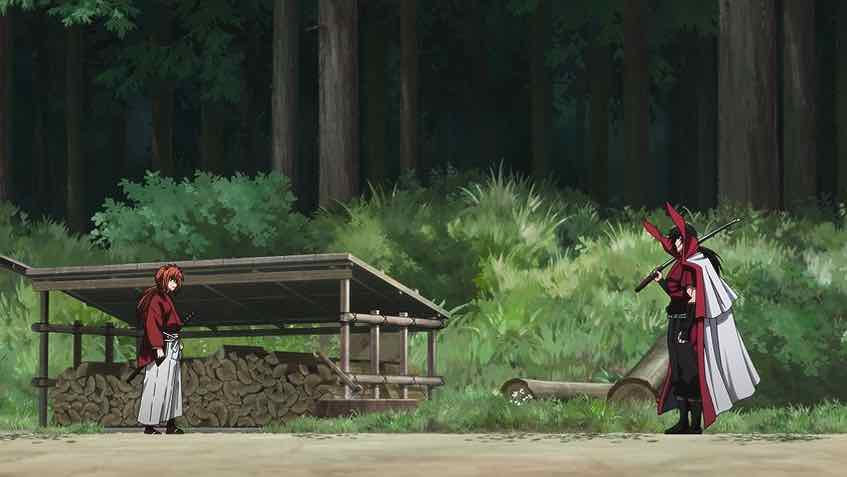
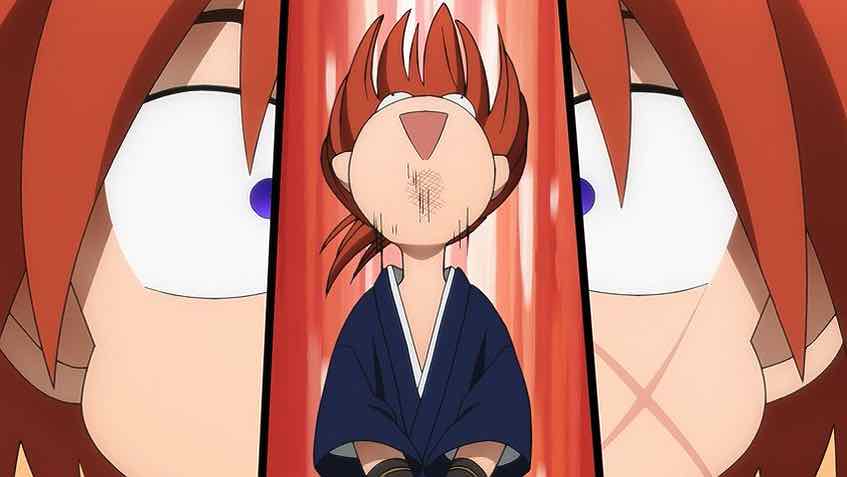
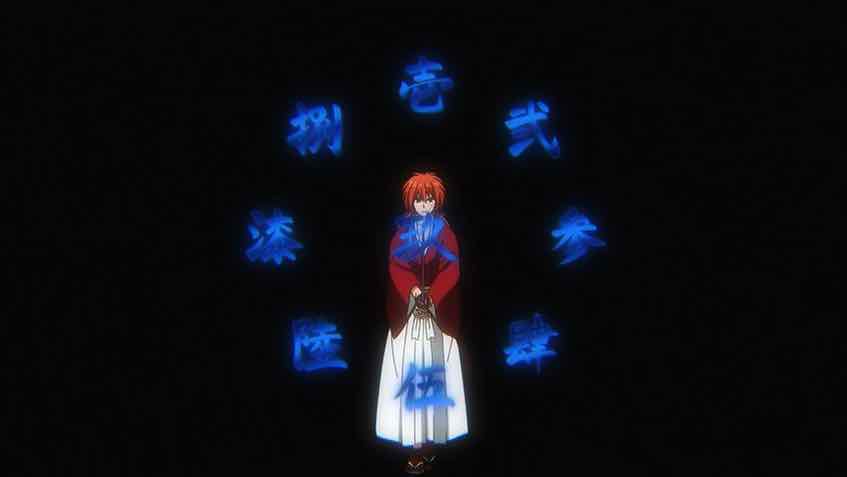
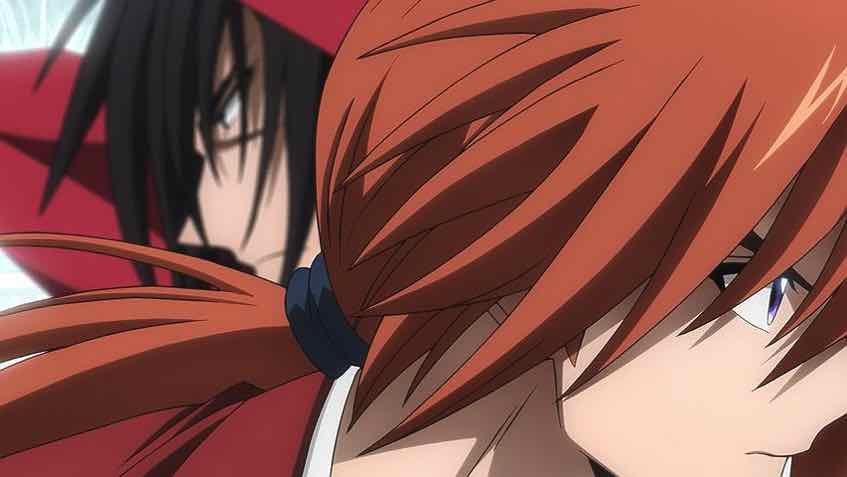

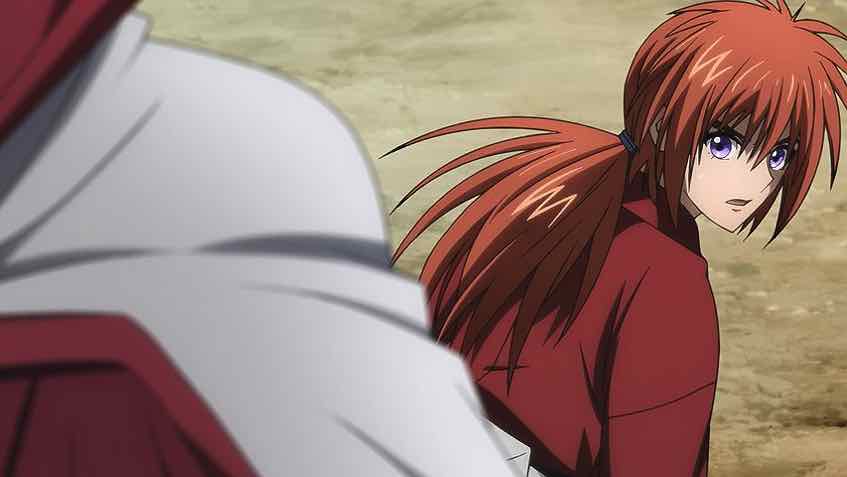
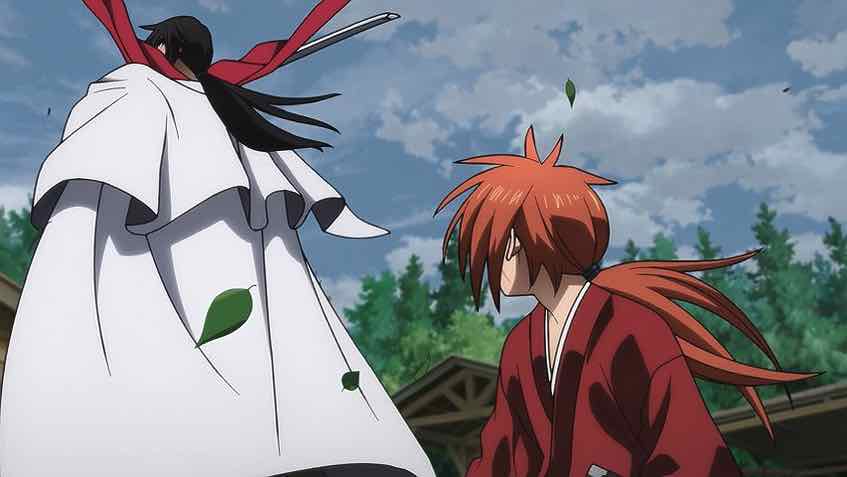
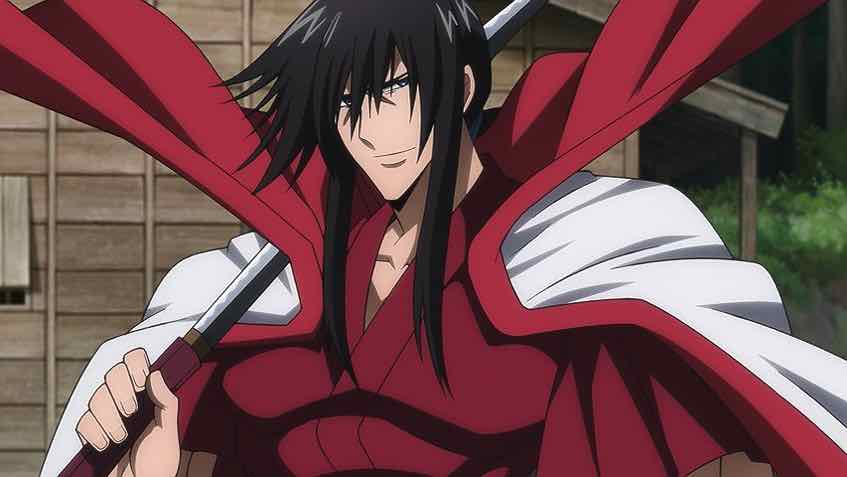
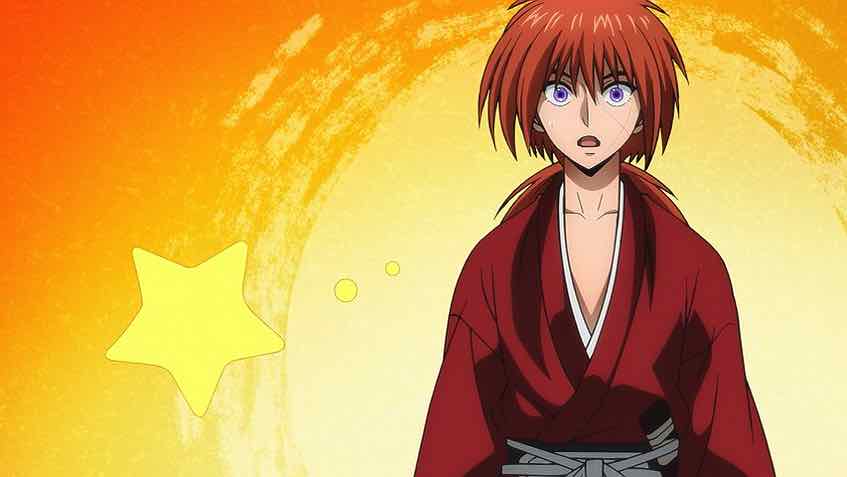
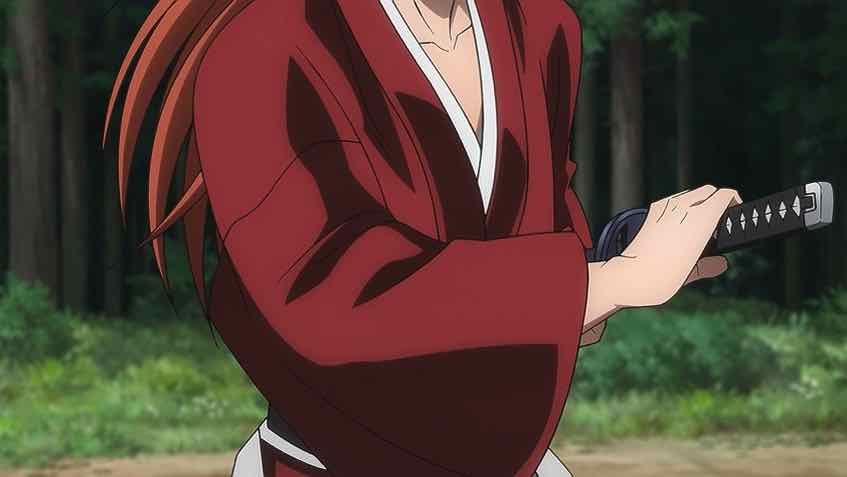
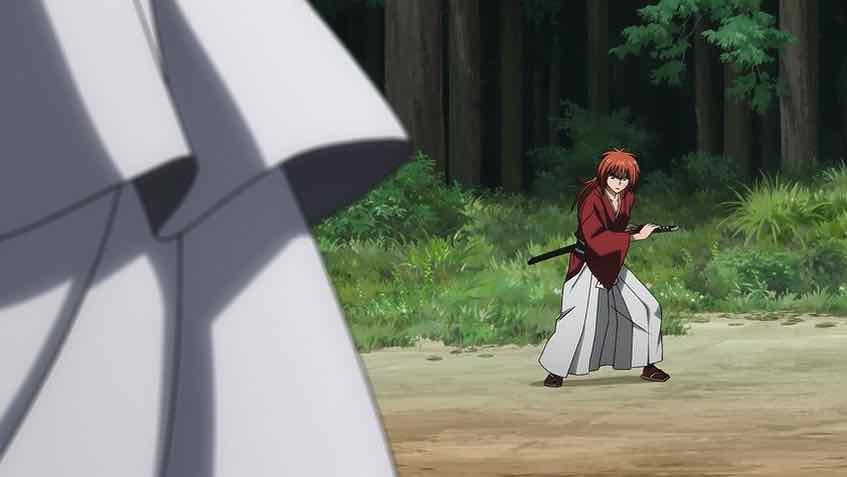
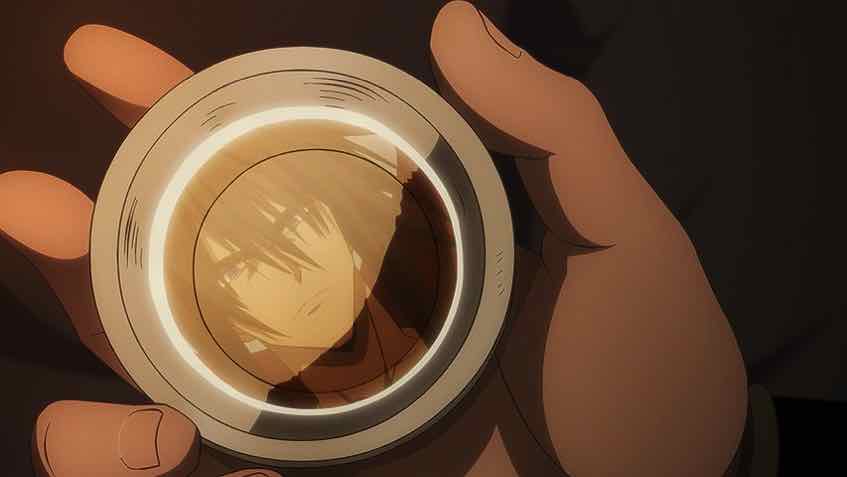
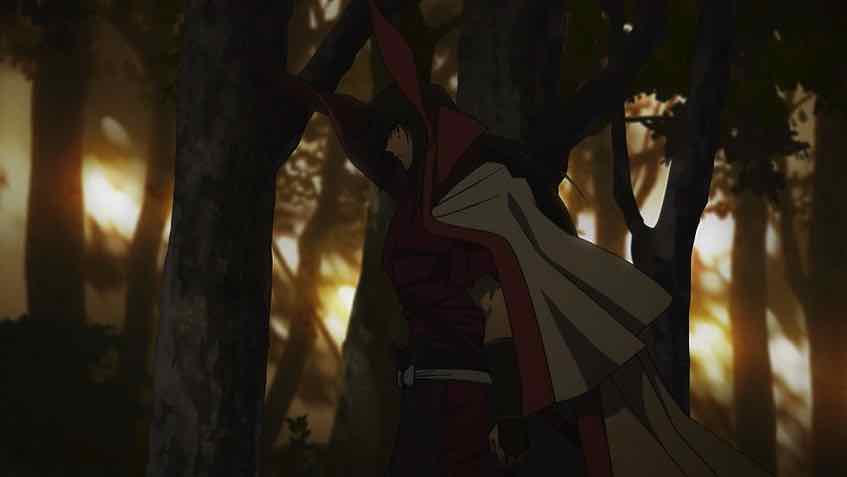
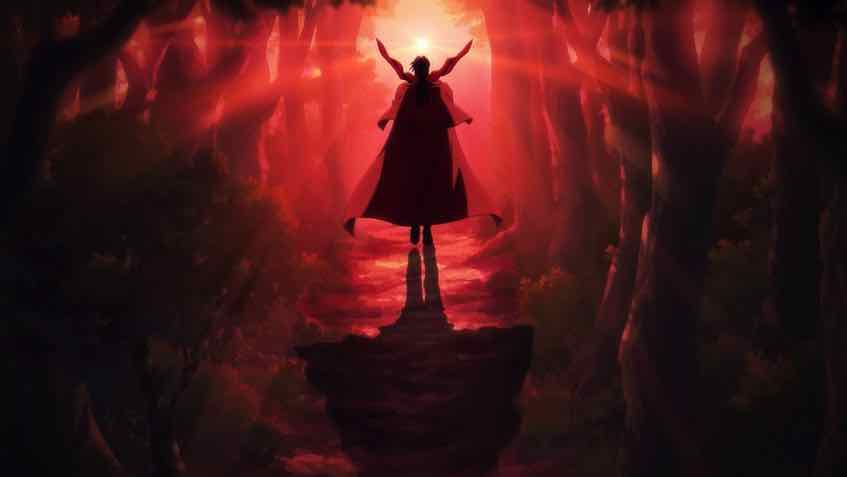
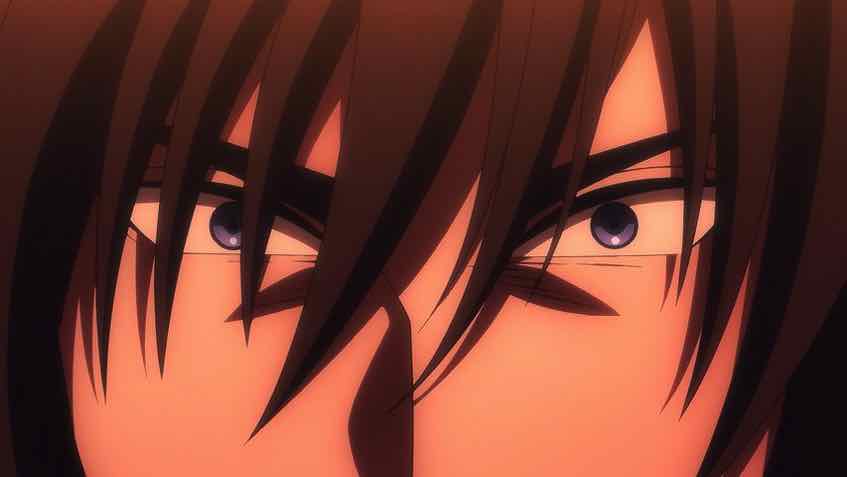
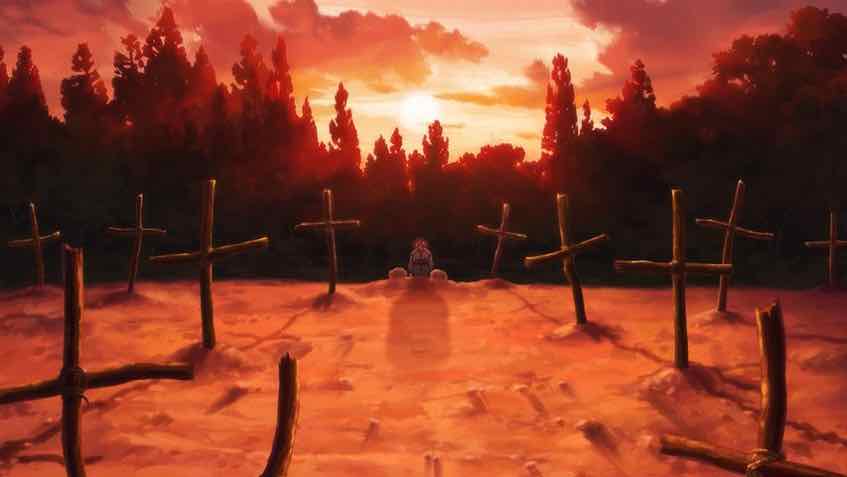
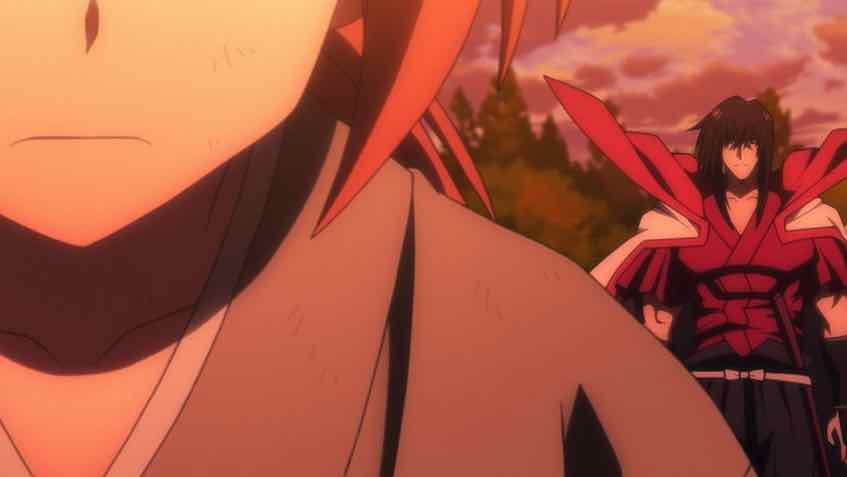
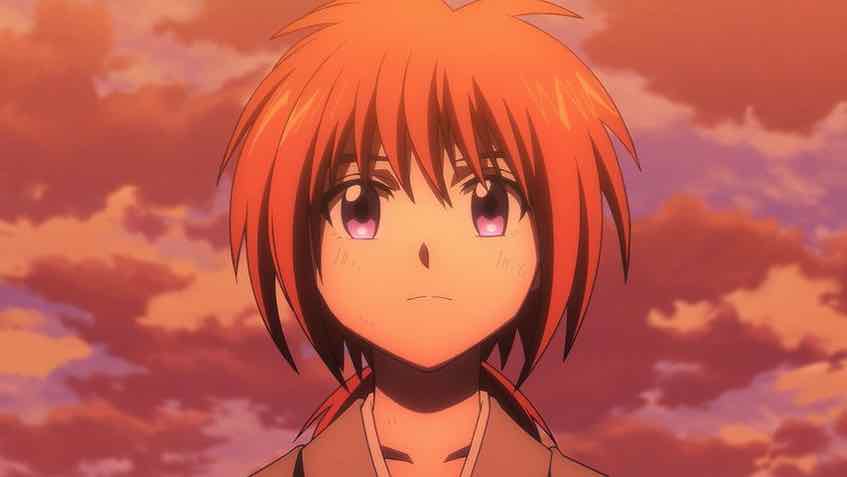
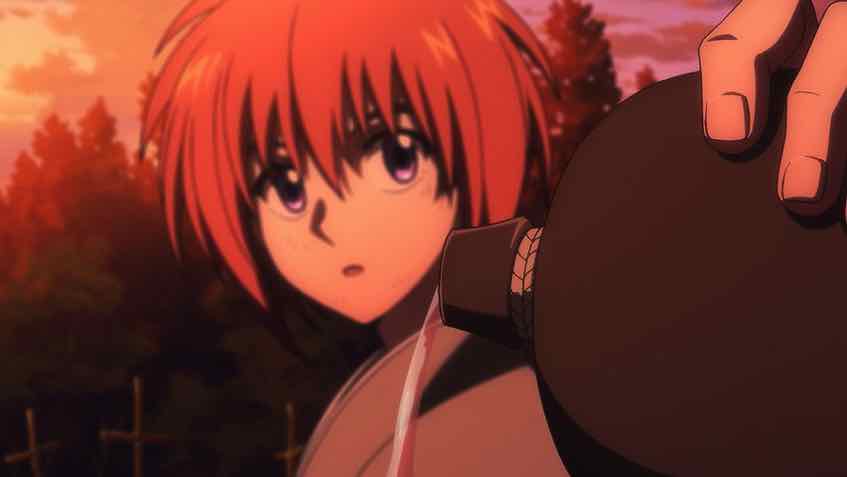
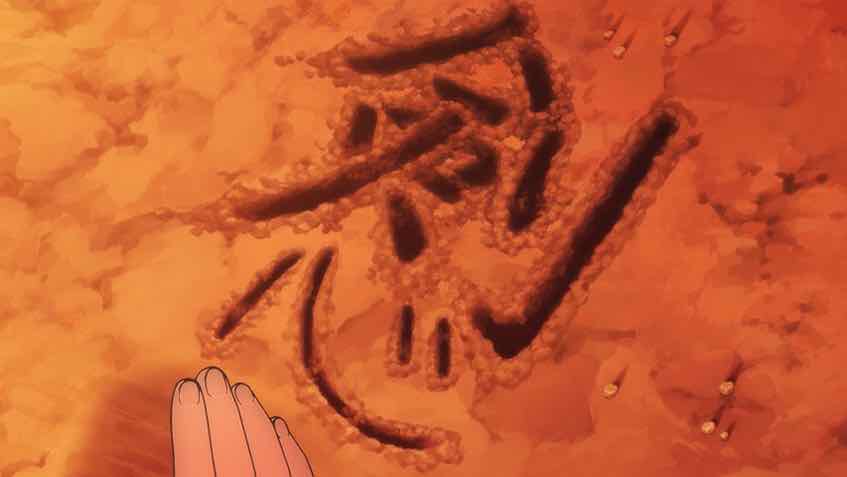
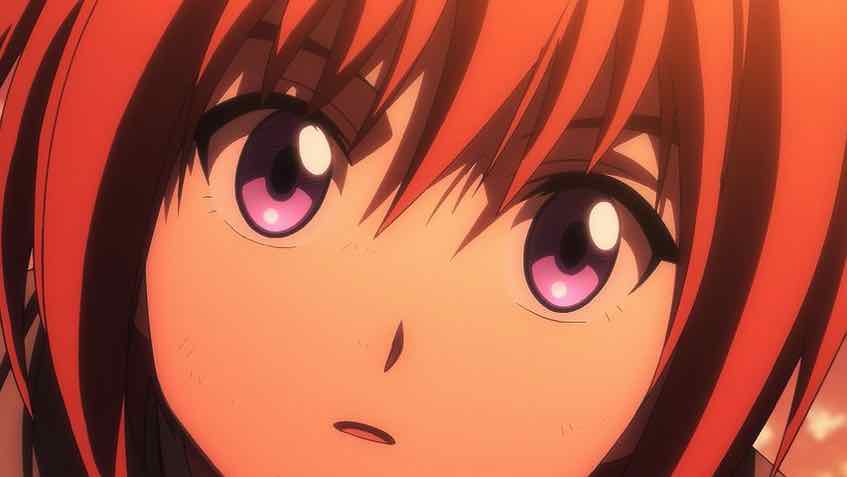
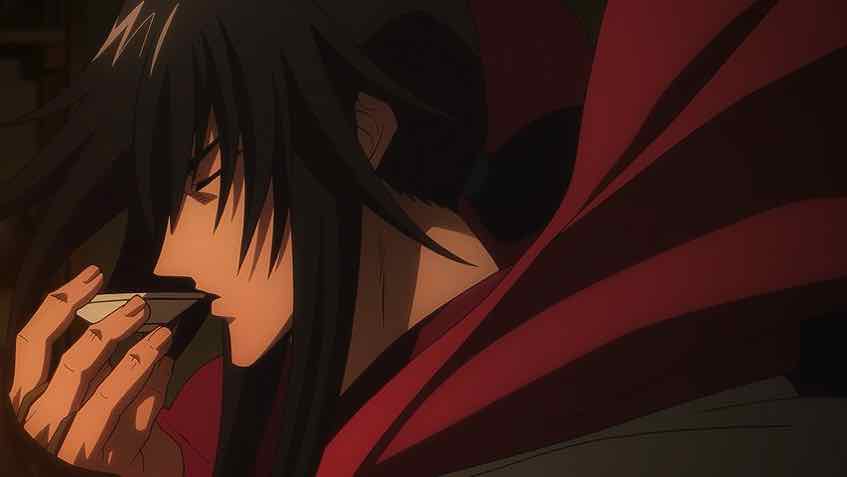
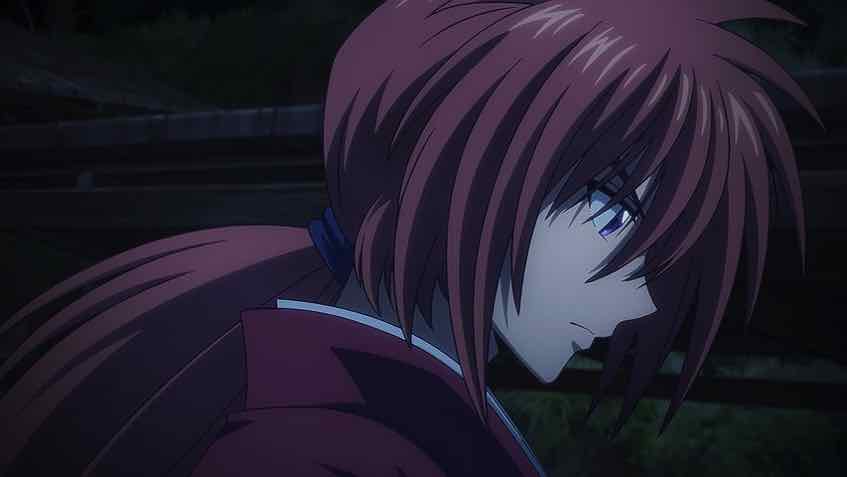
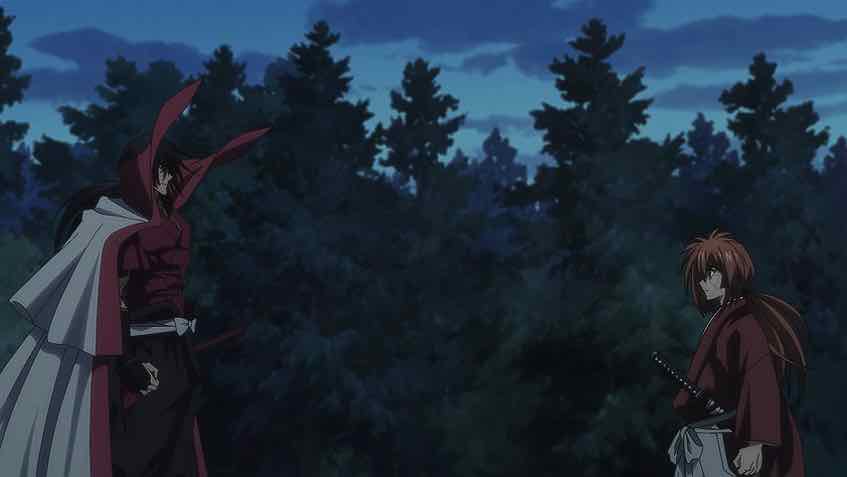
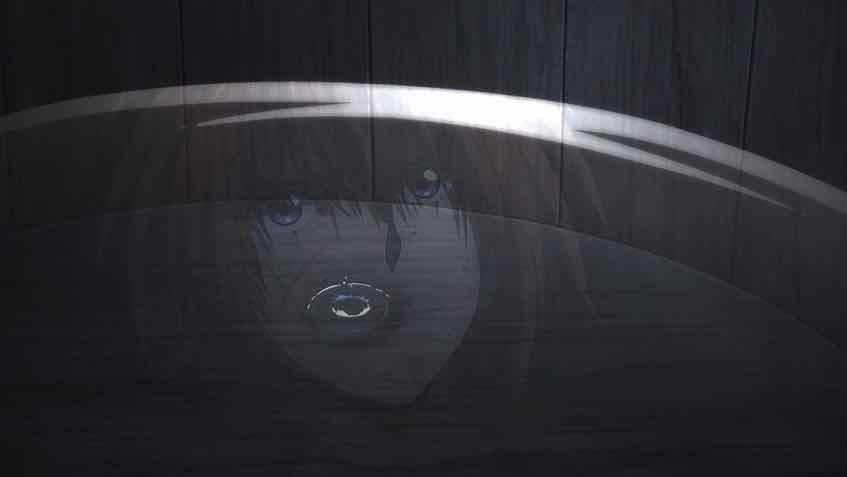


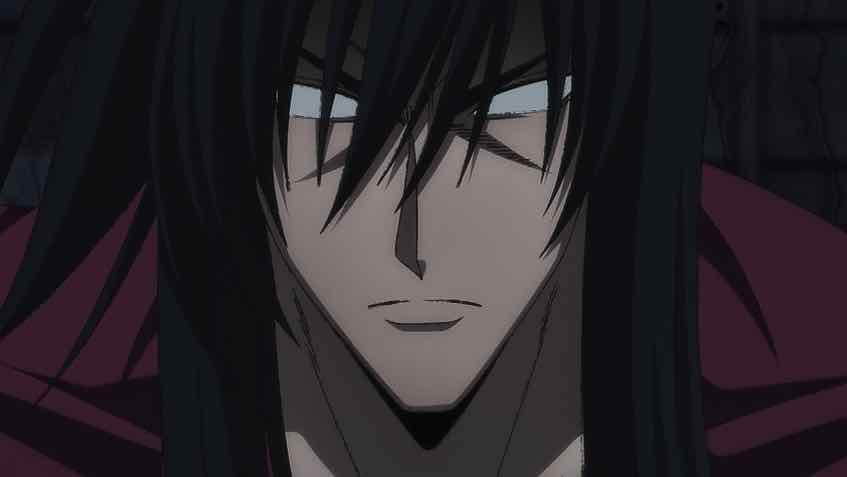
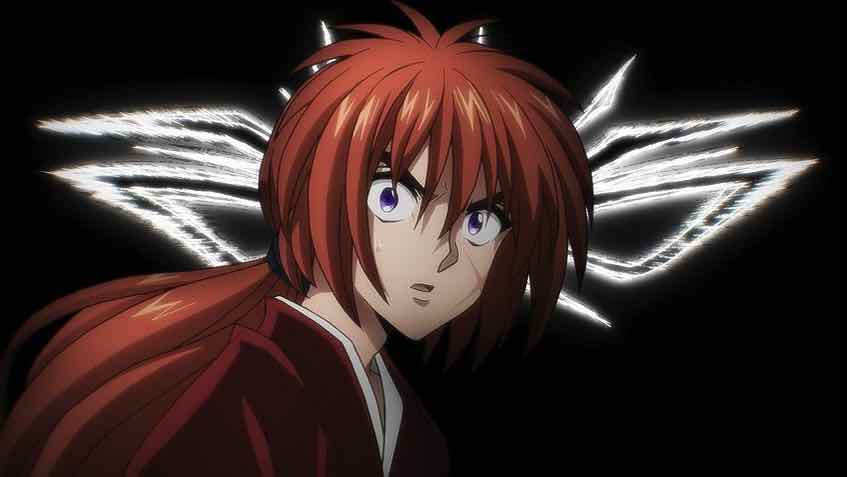
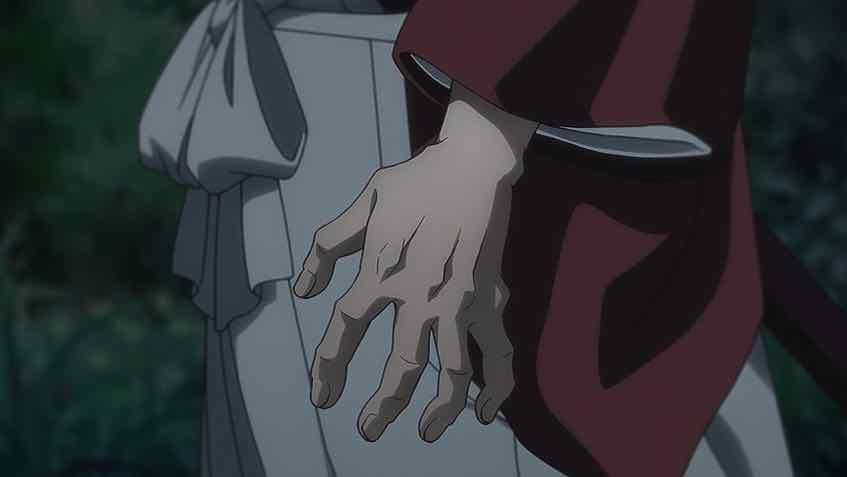

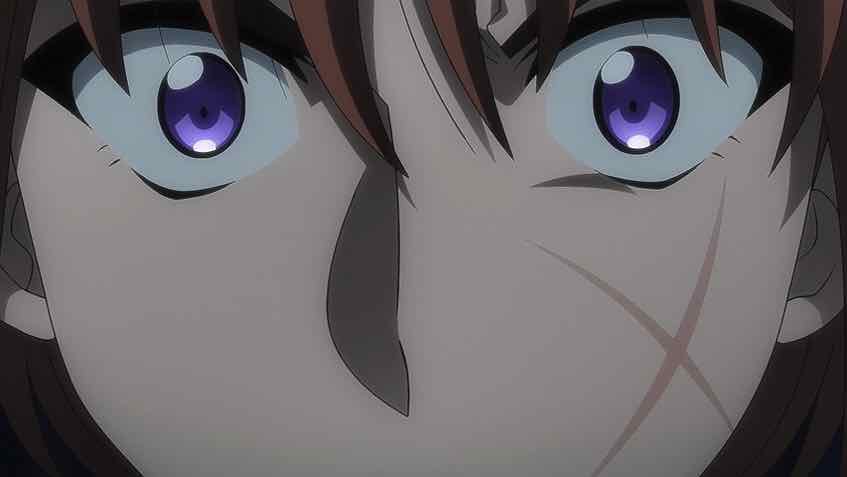
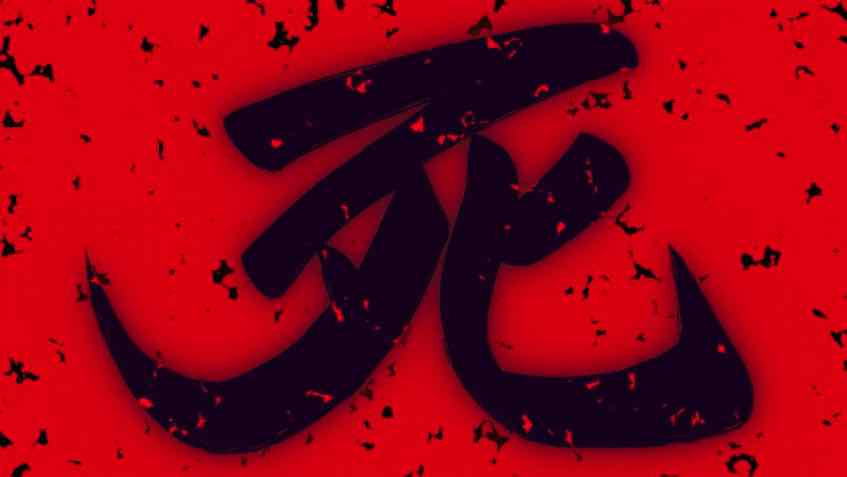
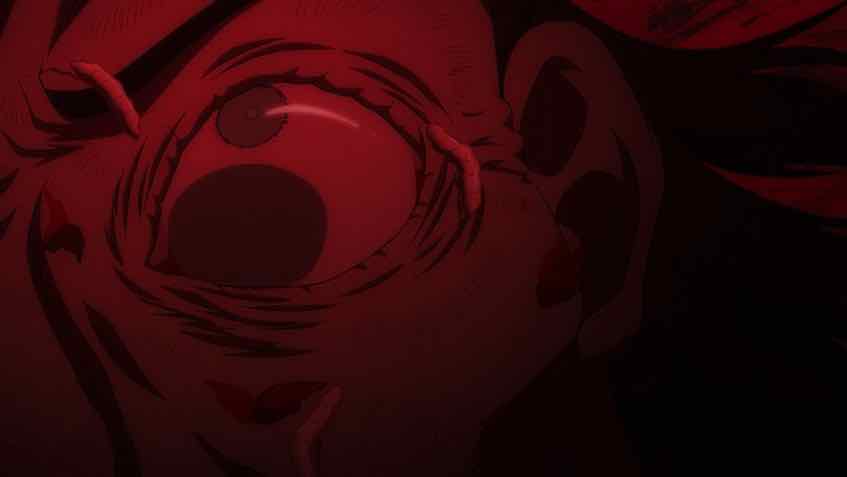
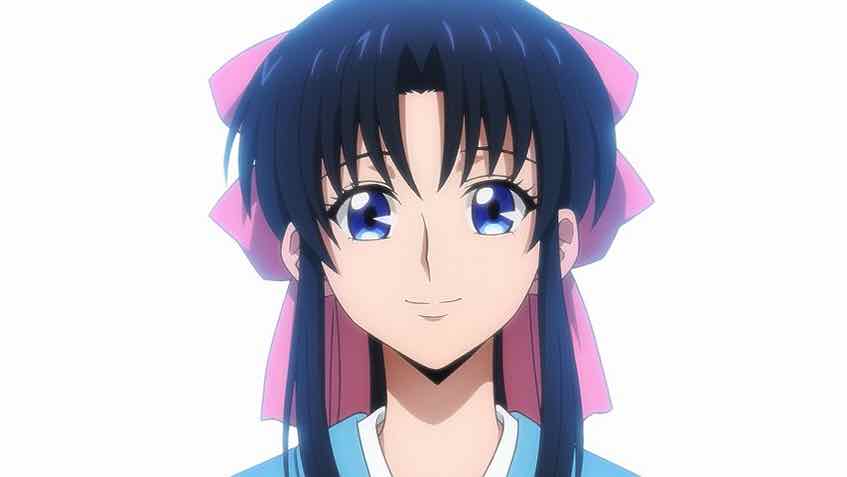
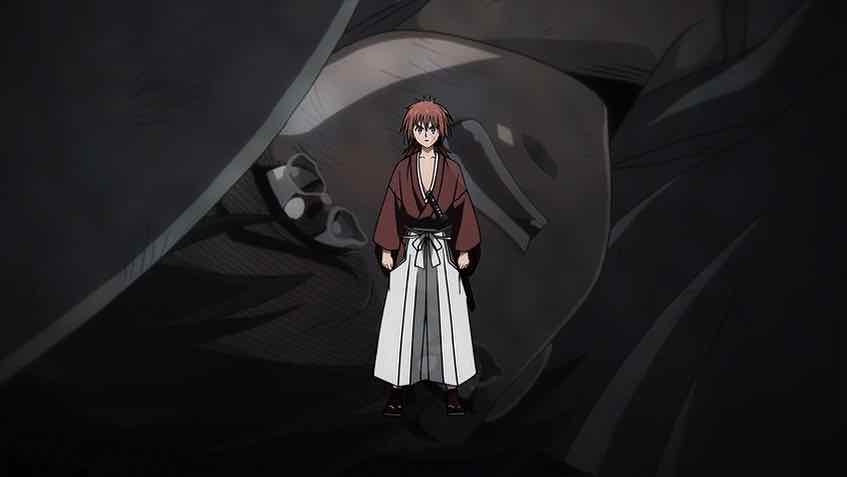
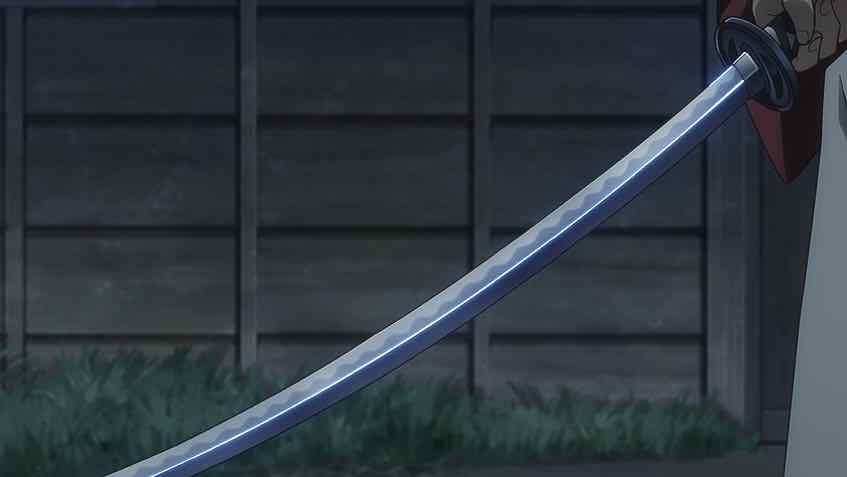
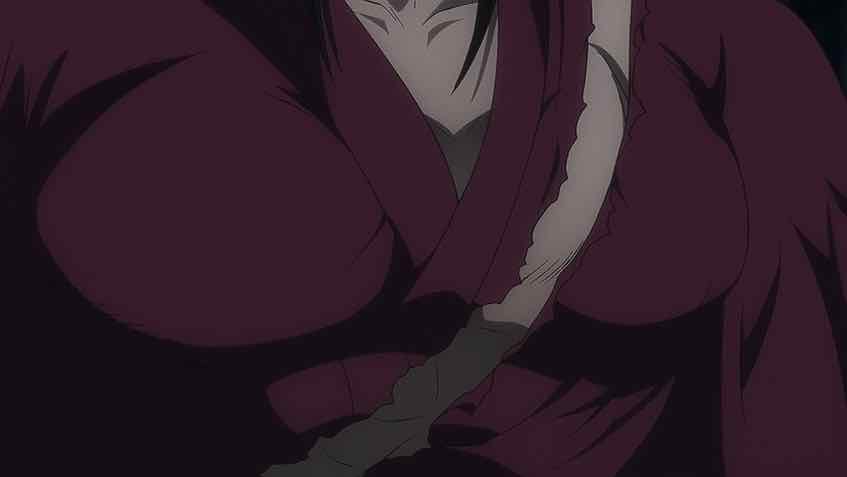
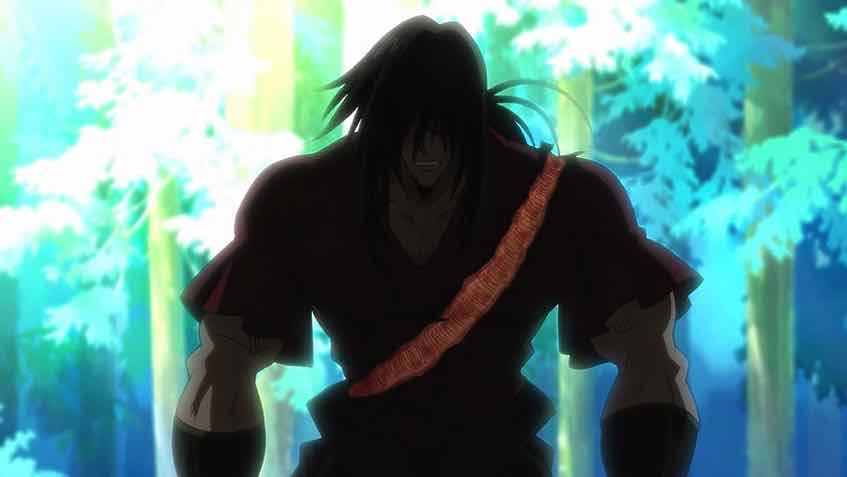
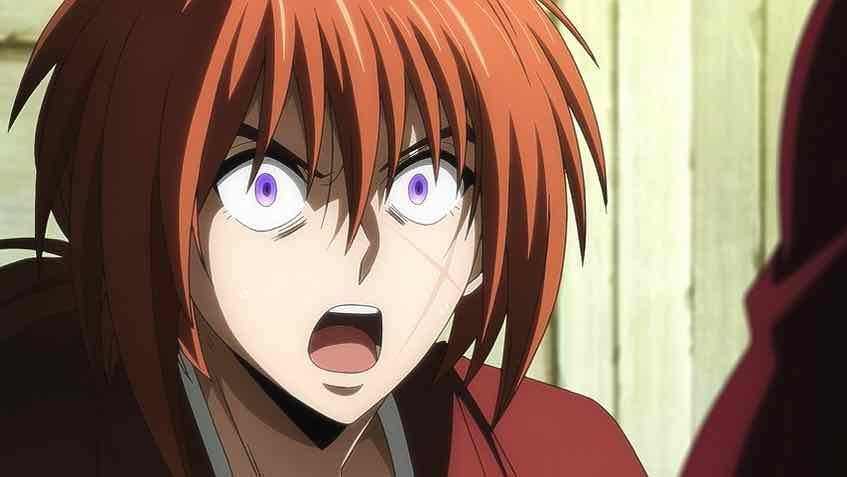
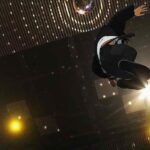

Snowball
January 25, 2025 at 12:41 amI really love the relationship between Kenshin and his master. It’s so unique in anime/manga.
Guardian Enzo
January 25, 2025 at 9:27 amYeah, it’s very complicated.
Smudgeous
January 26, 2025 at 5:49 amI’ve previously noticed the newer series goes a bit harder in terms of depicted violence than the original, which always felt like a large contrast when compared to the OVAs. Even still, I was absolutely delighted at how close to the feeling of the beginning of the Tsuioku-hen OVA the flashback managed this episode.
It also featured a musical swell around 30 seconds in that would have felt right at home in Iwasaki Taku’s original soundtrack!
Guardian Enzo
January 26, 2025 at 9:57 amJust leveling up in every way at the moment.
Raikou
January 26, 2025 at 10:26 amEven back then, this episode was very impactful for me as a kid. The voicework wasn’t as strong but it’s still very solid story.
Also I’m reminded that Hiko taught Kenshin Hiten Mitsurugi at a very young age, and Kenshin left him pretty young too.
Gandhal
February 8, 2025 at 9:20 amThis could be maybe considered a minor spoiler, so i’ll phrase this in a way that those who know will get what I mean…
What I reaaally loved about the final clash between Kenshin and Hiko is some images that flashed really quickly at the right moment. When Hiko saw something that Kenshin managed to do, he immediately realized that his pupil had reached the revelation he was hoping for, so he happily brought out a smile, even though from his point of view, this was leading to his own demise. I think it was easy to miss or disregard entirely, and it is another thing that highlights their relationship without any words…